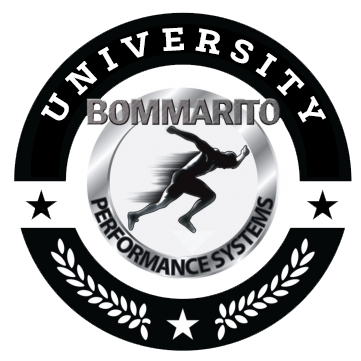Ø The first and maybe most important aspect to training baseball athletes is identifying individual bilateral imbalances and developing a plan to “correct” the system. Evaluations such as the MAT evaluation or the FMS are great tools to utilize when evaluating an athlete. Together, these methods can efficiently help identify what the imbalances exist and why they exist. Implementing many single arm exercises and single leg exercises may not further worsen an imbalance. However, these single limb exercises will work to ‘correct” an imbalance because the limb is acting independently on a resistance rather than in tandem. For example, if leg imbalances exist, a Bulgarian squat exercises will force each limb to work equally rather than if the athlete back squats and the strong contributes more to the completion of the exercise than the weak leg.
Ø Second, the pitchers should have a more throwing specific periodization than the other position players. Granted, the periodization for all baseball athletes will include exercises that enhance the performance of the muscles involved in throwing. The pitchers will experience a high volume of throws during a season, thus the off-season training should work to increase the athlete strength endurance and power endurance.
Ø Third, develop power, specifically trunk rotational power and arm rotational power. The end goal of the periodization (or the peak) is to have a baseball athlete who has significantly increased the power output. This may be measured by mph on a baseball pitch or bat speed.

